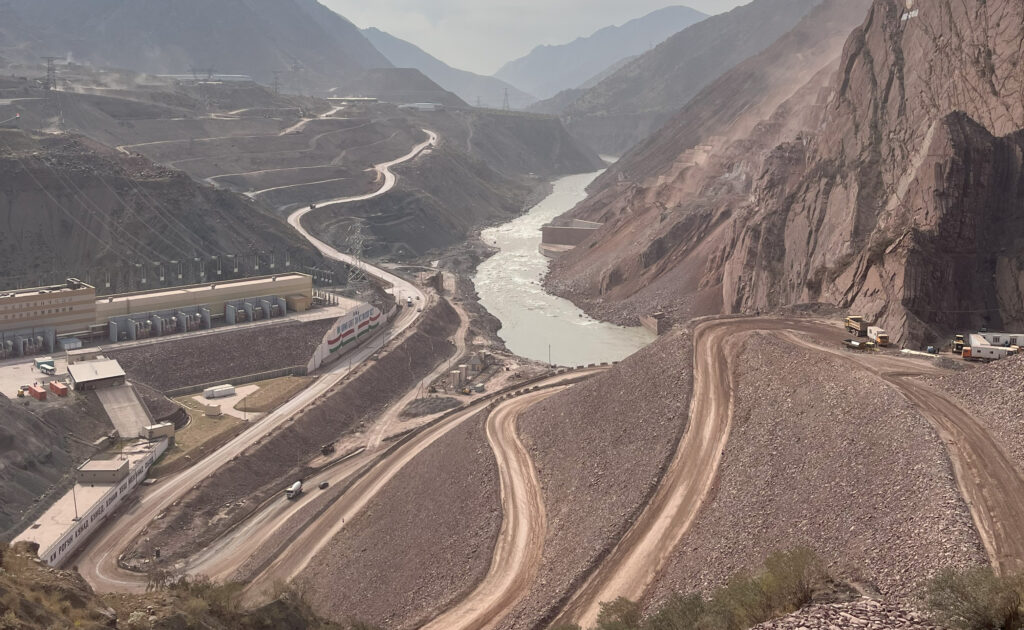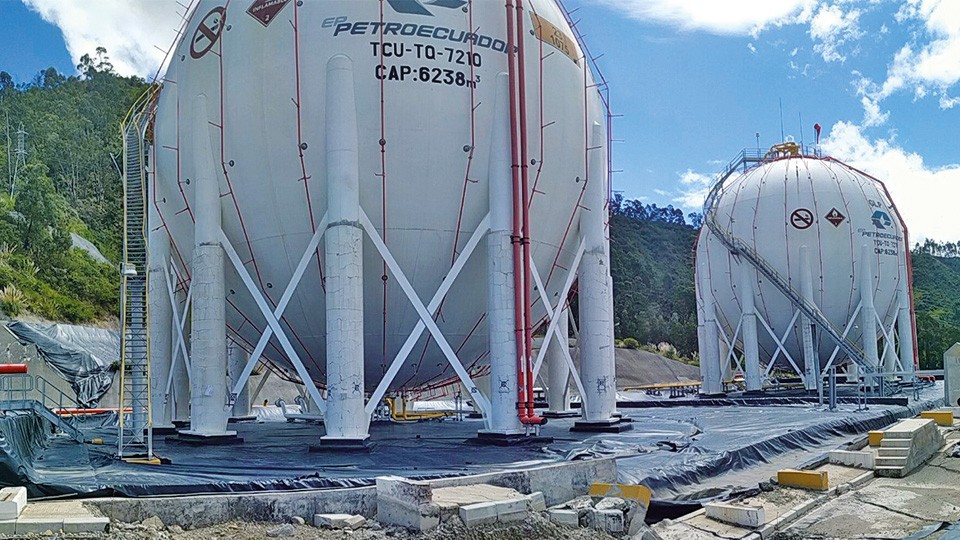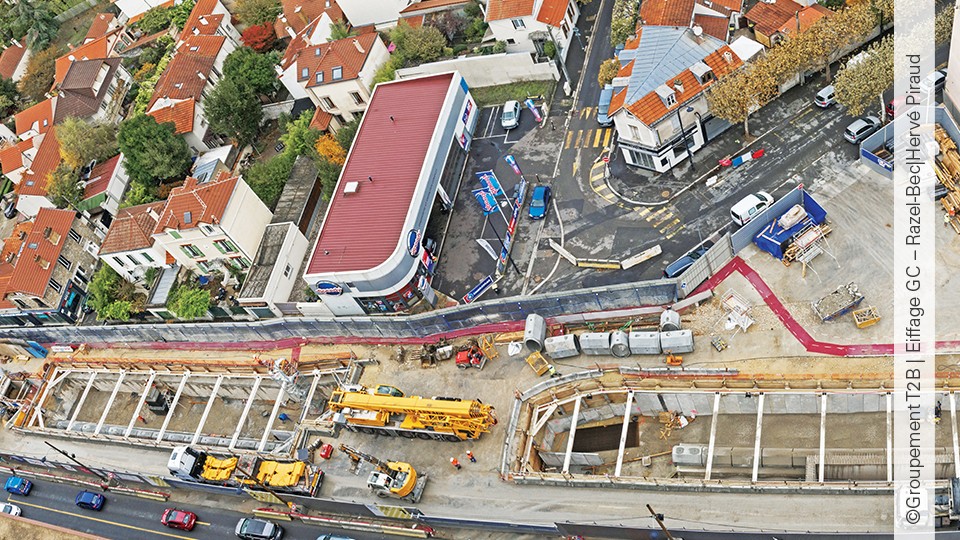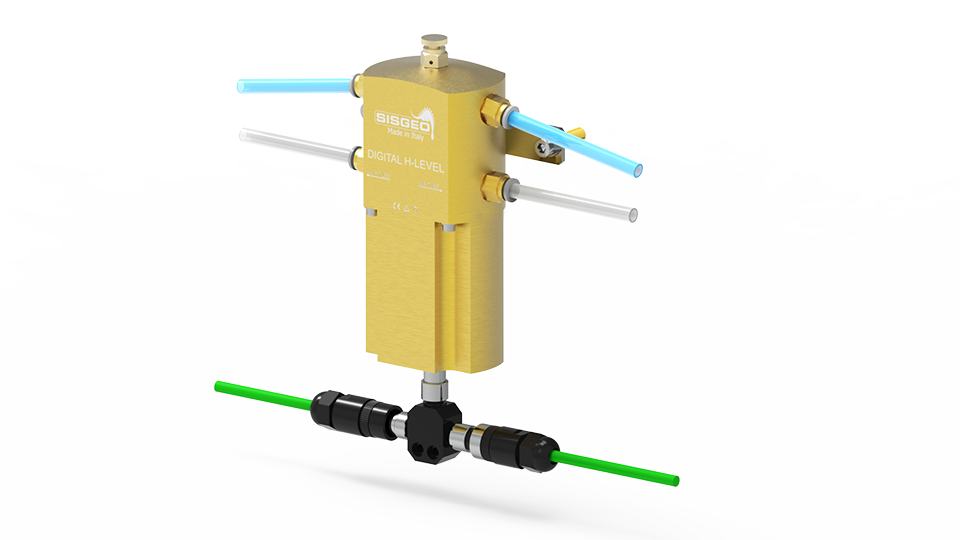Rogun Dam Hydropower Project

The Rogun Dam project in Tajikistan is an ambitious hydropower endeavor aimed at harnessing the Vakhsh River to generate renewable energy for the region. Originally launched in 1976 during the Soviet era, the project faced numerous delays due to financial and political challenges, especially after the dissolution of the Soviet Union. Construction was officially revived […]
Fuel terminal monitoring

Suministro de instrumentación para el monitoreo de tanques del terminal de combustible en la ciudad de Cuenca, Ecuador. El alcance incluye monitoreo de asentamiento de las estructuras a través de celdas de asentamiento H-Level y clinómetros. En terreno, los asentamientos y movimientos horizontales del terreno se evaluarás a través de sondas inclinométrica IPI y sondas […]
Grand Paris Express

The Grand Paris Express is the largest urban project in Europe with the construction of 200 km of automatic lines, as much as the current metro, and 68 stations. The four new lines of the Grand Paris Express (15, 16, 17 and 18), as well as the line 14 extended to the north and south, […]
H-Level – Sistema de monitoreo de Asentamientos

Códigos de referencia de los productos: H-LEV The H-Level is the automatic liquid level system for accurate long-term monitoring of differential settlements in buildings, tunnels, and other civil structures. It consists of a series of H-Level gauges that are hydraulically connected to a reference tank positioned in a stable location. Each H-Level gauge includes a […]
Milan Metro Line 4 – Lorenteggio–Linate – Monitoring of the underpass of railway trails RFI between stations “Forlanini Q.RE” and “Forlanini FS” – Italy

The main aims of the M4 realization are: to realize a new diametrical line from East to West, in order to connect through the historical center some highly populated urban areas that are not well served by the network of public transport; to interconnect with the whole railway system, urban and regional; to realize a […]
FAQ#116 – How do I configure a WR-Log digital node to read RS485 Sisgeo TIMED sensors?
Sisgeo digital instruments can operate in two powering modes: TIMED or ALWAYS-ON (for more information see F.A.Q.#094).A string of mixed instruments consisting of TIMED gauges and ALWAYS-ON gauges cannot work.The first thing to do is therefore to check that ALL connected instruments in your array are set to TIMED mode.You can check the powering mode […]
FAQ#111 – Why I cannot read correctly my 4-20mA current loop gauge?
It could be a problem connected to the power supply given by the readout or logger. When the power supply is in the current loop (2-wire gauge) it is necessary to consider the effect of voltage drop across the shunt resistor on the voltage applied to the gauge. For example, suppose a 4-20mA gauge requires […]
FAQ#095 – How long does a chain of digital sensors take to be read?
It mainly depends from the powering mode of the gauges (refer to FAQ#094 for the description of the powering modes). AN EXAMPLE WILL BETTER CLARIFY THE ANSWER. In a batch of 240 gauges, unless otherwise requested by the Customer, the addresses are settled from #001 up to #240. In a borehole is installed a chain of 30 […]
FAQ # 076 – ¿Por qué es necesario añadir una resistencia de terminación para el último sensor digitalizado de cada cadena RS-485?
Todos los instrumentos digitalizados SISGEO (IPI, inclinómetros, H-Nivel …) utilizan el protocolo de comunicación de serie RS-485. El protocolo RS485 contempla una resistencia de terminación. La conexión en cadena recomendada es de nodos de punto-a-punto (multipunto) como un modo BUS (línea). Estrella, anillo o multiplicar la conexión de red no se recomiendan. Los dataloggers SISGEO […]
FAQ#075 – What parameters are saved in SISGEO digital sensors? What information must the Customer provide when ordering?
All SISGEO digital sensors (e.g. IPI, BH Profile, MD Profile, LT Inclibus, Tilt-meter, RDS, H-Level, etc.) use the Modbus communication protocol over RS-485 serial. SISGEO digital sensors are connected to each other with a single signal cable. The parameters that are configured at the factory for each digital sensor are as follows: Upon confirmation of […]
FAQ # 074 – ¿Qué tipo de datalogger es necesario para leer los sensores digitalizados SISGEO?
Los sensores se leen conectando el cable final a una unidad Modbus maestro (es decir OMNIAlog o miniOMNIAlog) con interfaz RS-485 (DCE, Half duplex, sin eco) capaz de gestionar la comunicación con el protocolo de comunicación Modbus RTU SISGEO. El protocolo de comunicación de SISGEO está disponible para la liberación bajo petición. La potencia [W] […]
FAQ # 073 – ¿Cuál es el número máximo de sensores digitales (RS-485, Modbus), el número máximo de cadenas y la longitud máxima de cable en una red RS-485?
Última actualización: Octubre 2021 Todos los sensores digitalizados SISGEO utilizan una interfaz RS485 con protocolo Modbus. 1.El número máximo de sensores digitalizados en una red RS-485 son 247 (teórico) 2.El número máximo de cadenas de sensores digitalizados que es posible conectar a la unidad maestra Modbus (como OMNIAlog o miniOMNIAlog) son 4. 3. Sobre el […]








